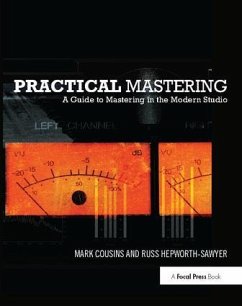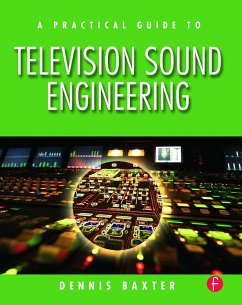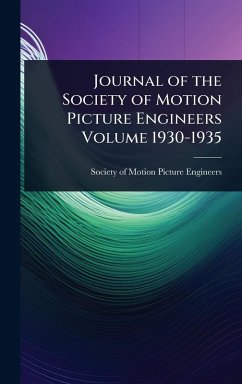
Mixing with Impact
Learning to Make Musical Choices
Versandkostenfrei!
Versandfertig in über 4 Wochen
215,99 €
inkl. MwSt.
Weitere Ausgaben:

PAYBACK Punkte
108 °P sammeln!
In Mixing with Impact: Learning to Make Musical Choices, Wessel Oltheten discusses the creative and technical concepts behind making a mix. Whether you're a dance producer in your home studio, a live mixer in a club, or an engineer in a big studio, the mindset is largely the same.













